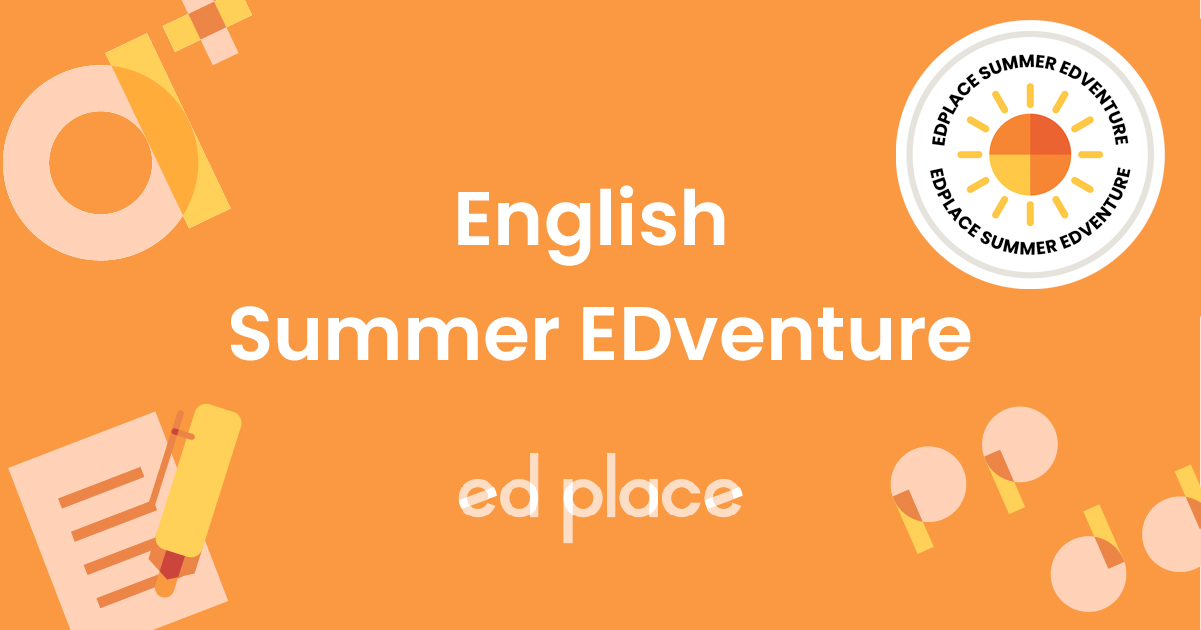English Summer EDventure: Pirate Treasure Hunt
Ahoy me hearties! Someone from these parts once told me there’s some treasure to be found...I wonder where it could be? Could you be the ones to uncover it?!
Before we start, there are always some lessons to be learned from every challenge mateys and here they are:
Learning objectives:
-
To understand the features of a set of instructions
-
To write their own set of instructions using adverbs of time
-
To understand and use imperative verbs to write commands
We’d recommend starting off by modeling the activity with the child to help them practise the skill of writing a set of instructions before they give it a go themselves. In Key Stage 1, learning to write instructions and understanding commands is a National Curriculum learning objective, therefore it is likely your child already has some experience with the skill. However, it never hurts to recap; helps refresh the memory you see mateys.
First, a handy hint on imperative verbs:
An imperative verb (sometimes known as a ‘bossy’ verb), is a verb used when giving a command. A verb only becomes an imperative verb when used in a commanding sentence, an instruction being a great example. It is usually the first word in the sentence:
Brush your hair
Eat your food
Occasionally, it can appear elsewhere in a sentence:
First, get your coat
Next, put your shoes on
Now, let’s get going!
For this treasure hunt, you will need:
- Paper
- Pen for writing
- Colouring pencils (optional)
- And most importantly...an exciting piece of treasure!
Activity 1: Treasure hunt for your child
-
Choose treasure
-
Hide it somewhere
-
Create a simple set of instructions (creating a map is optional, but recommended to increase engagement and upping the fun factor). Don't forget those imperative verbs!
-
Encourage your child to follow the instructions independently, but they may need a little help which is perfectly normal.
-
Once your little treasure hunter has discovered their loot now it’s their turn!
Activity 2: Now it’s time for your child to hide the treasure…
-
Ask your child to hide the treasure in a place of their choosing.
-
Get your child to write a set of instructions so that you/a sibling/a friend can find the treasure.
-
Again, creating a map is optional but a fun addition and all the best pirates follow maps!
-
Can you find their hidden treasure, Matey?
Teacher top tips:
When your child is creating their instructions, encourage them to use and keep an eye out for:
-
Capital letters
-
Full stops
-
Adverbs of time (i.e. First, next, then, finally)
-
Imperative verbs (see point above)
That’s all there is to it, me hearties. What great treasure hunters you were - they’ll be singing about you in sea shanties for decades to come.
Keen to keep learning? Check out these free activities to practise imperative verbs and more!
Practise verbs and more for free today









